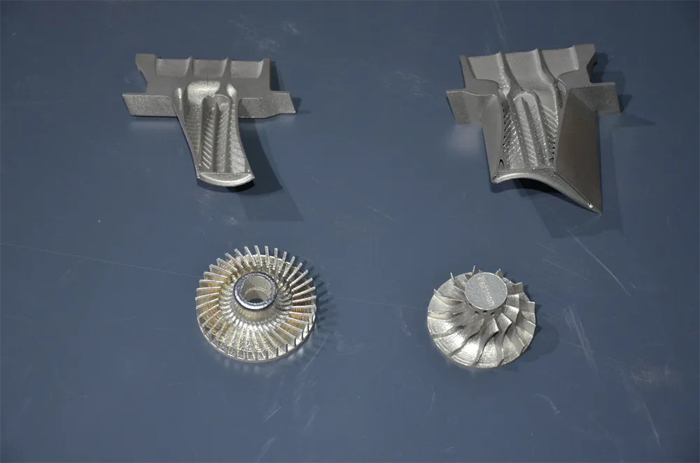Polishing of automotive mechanical parts is an important process step, which not only improves the surface quality of the parts, but also enhances their service life and corrosion resistance. In this article, we will introduce the methods and techniques of polishing automotive mechanical parts to help you better understand and master this process.How to polish automotive mechanical parts.

I. Preparation
- Clean parts: Before polishing, first make sure that the surface of the parts is clean and free of oil, dirt and rust. You can use cleaners and brushes for cleaning, and sandpaper for polishing if necessary.
- Check the parts: Check the parts for cracks, deformation and other defects, if there are defects, they should be repaired or replaced first.
- Choose suitable polishing tools and abrasives: According to the material and surface condition of the parts, choose suitable polishing tools and abrasives. Commonly used polishing tools include polishing machines, polishing belts, polishing wheels, etc.; commonly used abrasives include aluminum oxide, silicon carbide, polishing paste, etc.
Second, polishing methods
- manual polishing: for small areas or complex shapes of the parts, you can use manual polishing. Hand polishing, should first use coarse abrasives for initial polishing, and then gradually transition to fine abrasives for polishing. Polishing, to evenly apply pressure, to maintain close contact between the polishing tool and the surface of the part, while polishing and check the surface quality.
- Polishing machine polishing: for large areas or demanding parts, you can use the polishing machine for polishing. Polishing machine has high efficiency, good results and other characteristics. Polishing, should be based on the material and surface condition of the parts, choose the appropriate polishing wheel and abrasive. During the polishing process, the polishing speed and pressure should be controlled to avoid over-polishing or damaging the parts.
- chemical polishing: chemical polishing is a method of polishing the surface of the parts using chemical reactions. Applicable to parts with high surface requirements. When chemical polishing, the parts should be put into the polishing solution, according to the concentration of the polishing solution and polishing time. After polishing is completed, it should be cleaned to avoid residual chemical substances.
- Electrochemical polishing: Electrochemical polishing is a method of polishing the surface of parts through electrochemical reaction. Applicable to mass production of parts. Electrochemical polishing, the parts to be used as the cathode, into the electrolyte containing polishing agent, through the current for polishing. After polishing is completed, it should be cleaned to avoid residual electrolyte.
III. Precautions-How to polish automotive mechanical parts
- During the polishing process, try to avoid scratches, hot spots and other defects on the surface of the parts.
- The polishing agent should be evenly applied to the surface of the parts to avoid localized over-polishing.
- Pay attention to safety during the polishing process to avoid abrasive splash injury.
- After polishing is completed, it should be cleaned immediately to avoid residual polishing agent on the surface of the parts.
In short, the polishing of automotive mechanical parts is a process that requires attention to detail. Through the methods and techniques introduced above, I believe you have a deeper understanding of the polishing of automotive mechanical parts. In the actual operation process, according to the material and surface condition of the parts, we should flexibly use different polishing methods and techniques to achieve the best polishing effect.









You must be logged in to post a comment.